Previous
Maximalist decor: when furniture should go big


Your dream house is one step away from you.
Subscribe to our newsletter and get 10% off orders of at least 100€!
Enjoy it and don’t miss out on our offers and updates.


After filling up on fashion and food, we could have wagered that the next trend would be indoor gardening. However, indoor gardening and cultivation have remained in the shadow of their own foliage. Maybe, this is because the reasons why we take care of plants and flowers are far removed from, and at the opposite end of the spectrum of, the narcissism and soft porn of food and fashion.
You cultivate a passion, a friendship, a dream. It means that you’re taking care of something other than yourself on a regular basis, your long-term goal is the success of this other thing. Lush, luxuriant, thriving, or on the contrary wilted and withered: it’s a short step from gardening to taking care of yourself.
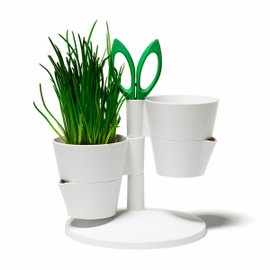
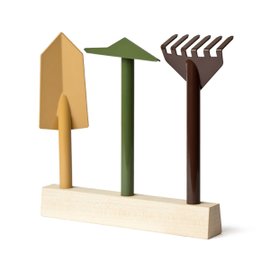
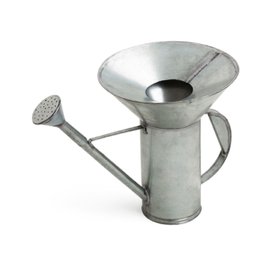
Gardening is good for you especially if you’re always shut away at home, in the office or at the gym and have lost touch with a plant’s roots or indeed your own. But, what’s there to do if you only use your balcony for storage and you keep the shutters closed the whole day to ward off potential burglars? Let’s let some light in and breathe a bit. Let’s open the window that’s furthest away from window-sills and easy ways in (it’s usually the bathroom or kitchen window) and let’s start making our tiny Zen garden.

A medium-sized ornamental plant can, by itself, add colour to your living room. Plants with large leaves that bring to mind the Amazonian forest or, on the contrary, plants with long and narrow leaves that recall palm trees are in line with this year’s tropical trend and are both extremely fashionable.
Cascading plants fill the top half of a room, and can be used as a unique alternative to a pendant lamp or can engage with it. Succulents in large decorative pots are perfect to fill possible differences in height or empty spaces between pieces of furniture: because of their well-known sturdiness and the fact that they don’t require constant care, they can in fact live quite happily in corners with little light.
You just need a few ingredients to start: light, nourishment, water and a little bit of love. You’ll find that common sense and empathy will also come in handy, just like in most other situations. So, here’s a handbook for complete beginners or if you’ve convinced yourself that you’re a plant exterminator.
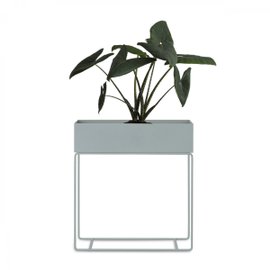

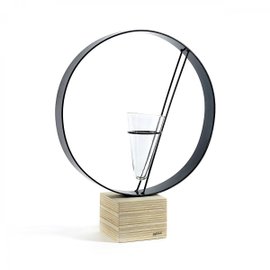
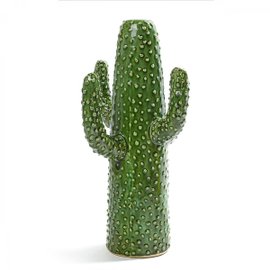
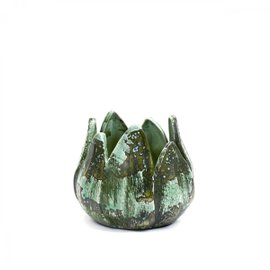
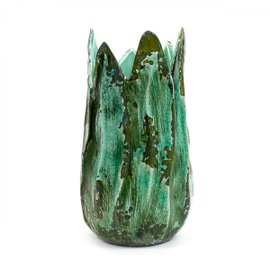
If this still feels like too much of a hassle, and you connect vases and plants to an unhygienic crawling of germs that you wouldn’t want to let indoors for any reason in the world, then you should know that there are ways of growing plans without soil, without diseases and parasites. Of course, traditional gardening would undoubtedly help you to relax, but in the meantime you can amuse yourself with hydroponics or aeroponics, new frontiers in indoor gardening.
Hydroponics comes from the Greek terms for water (Hidro) and work (Ponos), and consists in growing plants in water. Actually, this is nothing new: it was already practised by the Babylonians, the same goes for those populations who live on the shores of lake Titicaca in Peru or in Myanmar. Rice, water lilies and carnivorous plants naturally grow in water. Be it water or soil, plants absorb their food as ions dissolved in oxygen.
So, it’s by controlling environmental performance (light, nourishment, temperature, pH and conductivity) that you can achieve greater results than with traditional farming techniques. There’re already tiny greenhouses and sets for hydroponics on the market, they can also be interesting from an aesthetics perspective.
Aeroponics has evolved from hydroponics, and likewise no soil is required: plants are hang from the ceiling so their roots can fall down below. The plants’ nourishment is sprayed and vaporised and this is how it carries the oxygen to the roots; this speeds-up growth and prevents the spreading of pathogens.
Slightly more extreme than hydroponics, at the moment there are no specific tools or structures for aeroponics, but there’s nothing stopping you from trying to suspend pendant roots over your bathtub or on the balcony.
There’s nothing to be ashamed if you want to get your hands dirty, in fact you’re not at all alone. Permaculture, in other words planning living space around agricultural land and safeguarding the environment – a sort of ecology in practice -, has gained great acclaim during the last decade or so.
To incorporate agriculture, from leisurely ornamental gardening to growing fruit and aromatic plants, in your day-to-day life could become extremely gratifying. It could also yield some personal gain (if you’re able to grow part of your weekly shop) and be really educational for those city kids who, we are told, think strawberries grow on trees..
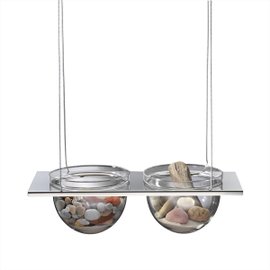
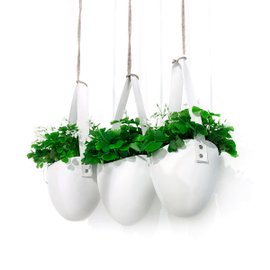
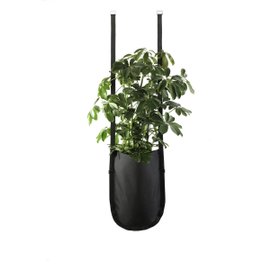
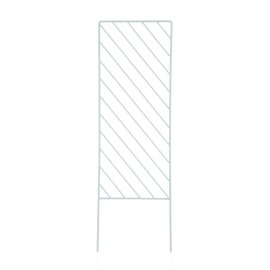
Mono
Tassilo von Grolman
Home Accessories
Outdoor
Serax
Authentics
Patrick Nadeau
Ferm Living
Dining
Normann Copenhagen
Jakob Heiberg
InternoItaliano
Giulio Iacchetti
Giulio Iacchetti e Vittorio Venezia
Marie Michielssen

 Back to
Back to
Size*
Quantity*




